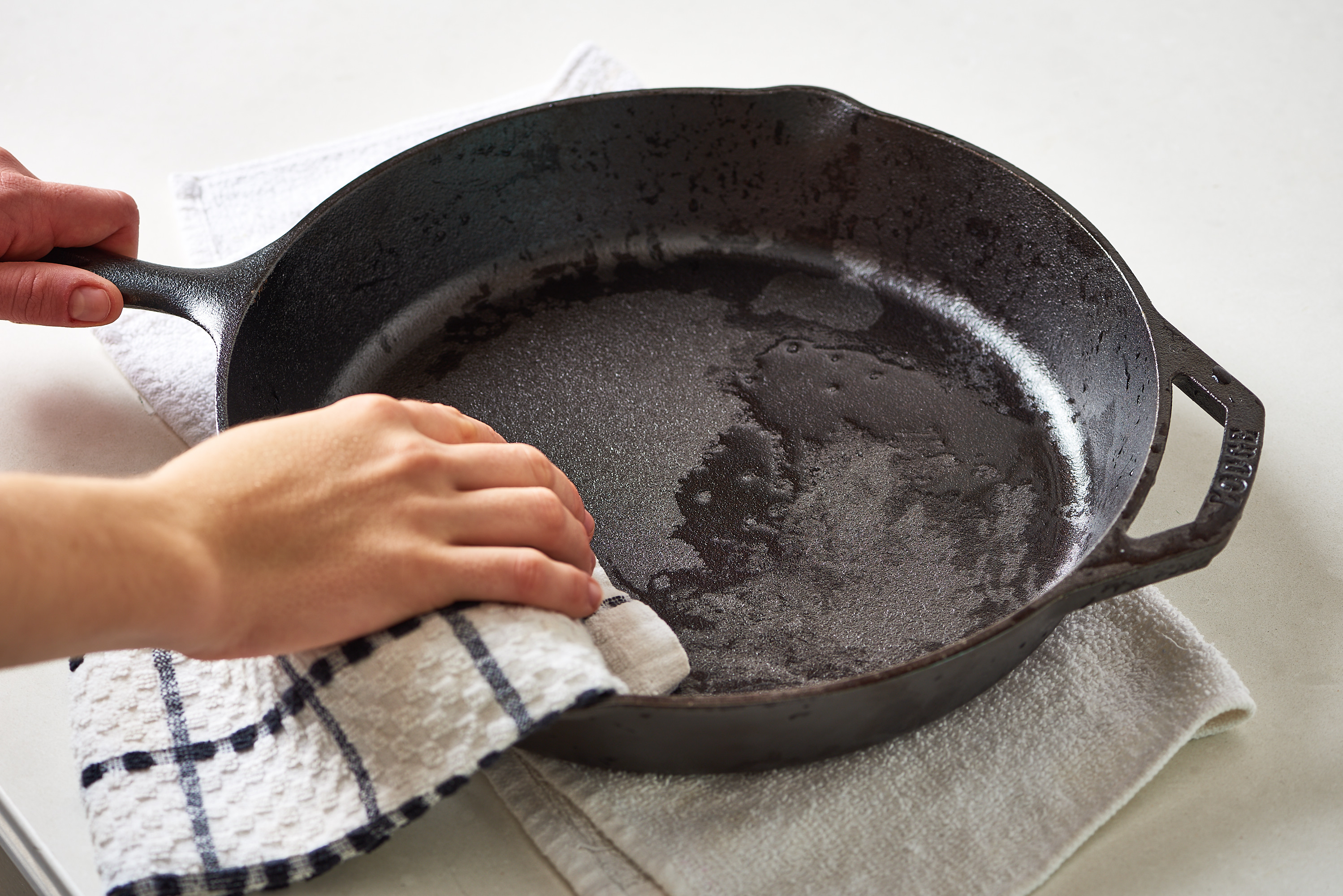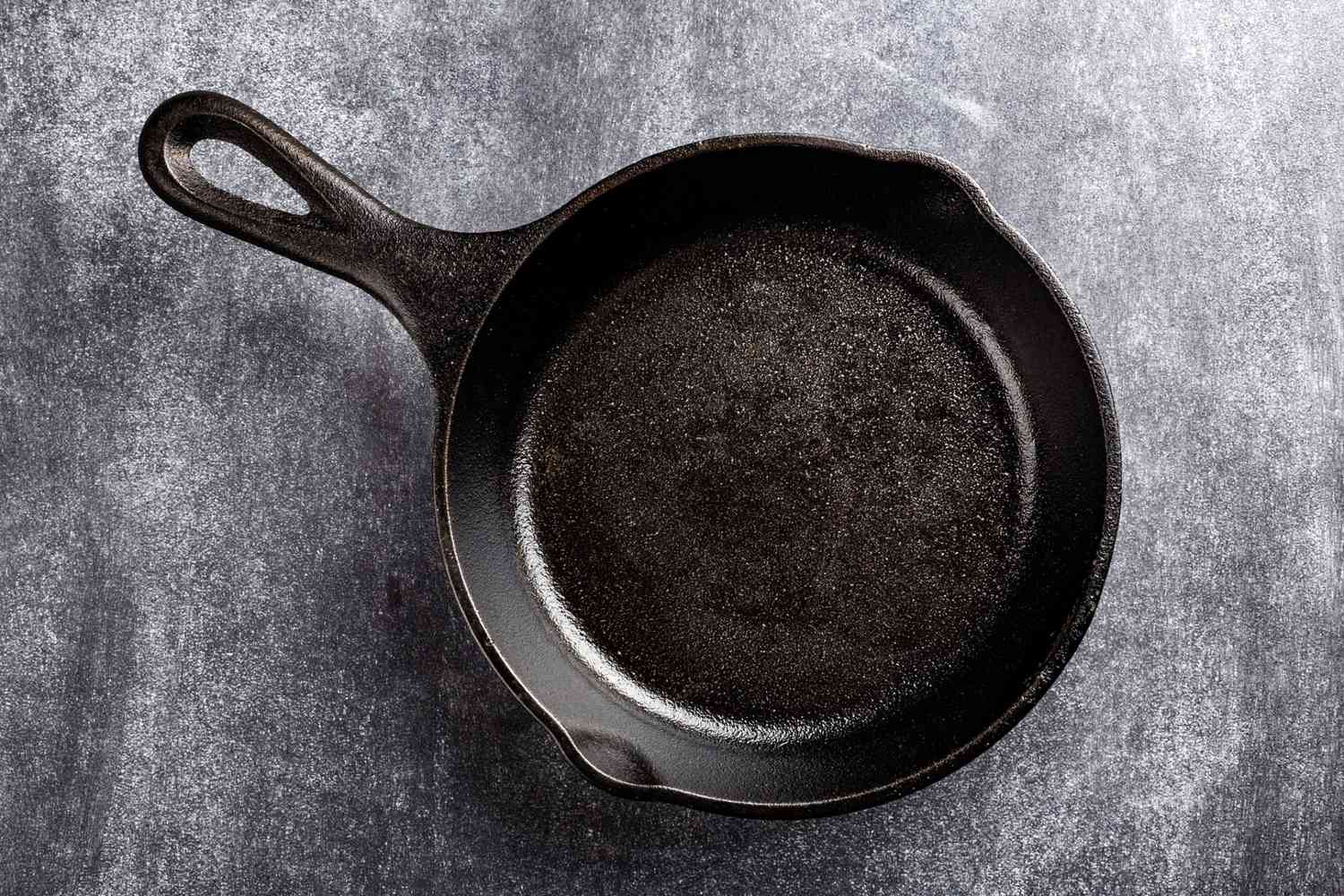When it comes to maintaining your cast iron cookware, seasoning is a critical process. Many kitchen professionals often ask themselves, how long to wait between seasoning cast iron? The answer, while not set in stone, involves a combination of factors that can significantly influence the effectiveness of your seasoning process.
Understanding the unique attributes of cast iron, along with the right duration and techniques, will help you achieve a perfect non-stick surface. As you navigate this article, consider it your definitive guide to mastering cast iron seasoning in your professional kitchen.
:max_bytes(150000):strip_icc()/GettyImages-614986450-2000-f7ac499e535845c2903ff48843e0b142.jpg)
The Basics of Cast Iron Seasoning
Seasoning your cast iron involves applying a layer of fat or oil and heating it, which forms a polymerized coating that protects the pan from rust. For kitchen professionals, understanding the intricacies of this process is crucial. Not only does it enhance the cooking performance, it prolongs the life of your cookware.
The waiting time between layers during the seasoning process is where most challenges arise. Ideally, you want to allow each layer to fully dry before applying another to optimize the bonding process. Waiting around 30 minutes to an hour between layers is often recommended.
Factors Influencing the Waiting Time
Several factors can influence how long to wait between seasoning cast iron. These include:
- Type of Oil: Different oils have varying smoke points, which can affect how quickly they bond and dry. Common oils for seasoning include flaxseed oil, grapeseed oil, and vegetable oil.
- Temperature: The temperature at which you season your cast iron also impacts drying times. Higher temperatures will generally expedite the drying process.
- Humidity: A more humid environment requires a longer waiting time for the oil to dry completely. In contrast, a dry environment may allow for quicker drying.
Application Techniques
The technique you use to apply the oil will also affect the waiting time. Ensure that you apply a thin, even layer to allow quick drying. Over-application can lead to sticky surfaces, impaired functionality, and an extended wait time.
Step-by-Step Guideline for Seasoning Cast Iron
Now that we understand the factors involved, heres a quick step-by-step guideline:
- Clean your cast iron thoroughly. Use this guide to effectively prep your cookware.
- Apply a thin layer of your chosen oil using a cloth or paper towel.
- Heat your cast iron upside down in the oven at around 450F for an hour to polymerize the oil.
- Let it cool for half an hour. During this time, monitor the drying process, ensuring it is completely dry.
- Repeat the process to build up layers, allowing around 30 minutes to an hour of waiting time between each layer.
Common Mistakes to Avoid
As seasoned kitchen professionals, knowing what not to do is equally important. Avoid these common mistakes:
- Using Excess Oil: Applying too much oil can create sticky surfaces. Aim for a thin layer.
- Ignoring Temperature Control: Always maintain the right temperature to ensure proper seasoning.
- Skipping Drying Time: Allow adequate waiting time between layers for optimal results.
Maintaining Your Seasoned Cast Iron
Once you've seasoned your cast iron, the work isn't done! Proper maintenance is crucial for long-term performance. Regularly clean your cookware using minimal ingredients. For detailed instructions, check out this maintenance guide.
Advanced Techniques for Professionals
For adept chefs looking to refine their skills further, integrating advanced techniques like flame seasoning or using specialized *seasoning ovens* can yield different flavor nuances and cooking behaviors. These methods go beyond standard practices and can improve the efficiency of the seasoning process.

FAQs
1. Can I use olive oil for seasoning cast iron?
While olive oil can be used, it has a lower smoke point than other oils. It's generally recommended to use oils with higher smoke points, like flaxseed or grapeseed oil.
2. How often should I season my cast iron?
Its recommended to season cast iron **once every few months**, or more frequently if you notice your non-stick surface deteriorating.
3. What should I do if my cast iron is sticky after seasoning?
In that case, you might have applied too much oil. Reheat your pan in the oven at high temperatures for 1 hour to burn off the excess oil.
For further insight into cast iron seasoning, you might find this article on seasoning techniques beneficial!
As an Amazon Associate, I earn from qualifying purchases.





Leave a comment
This site is protected by hCaptcha and the hCaptcha Privacy Policy and Terms of Service apply.